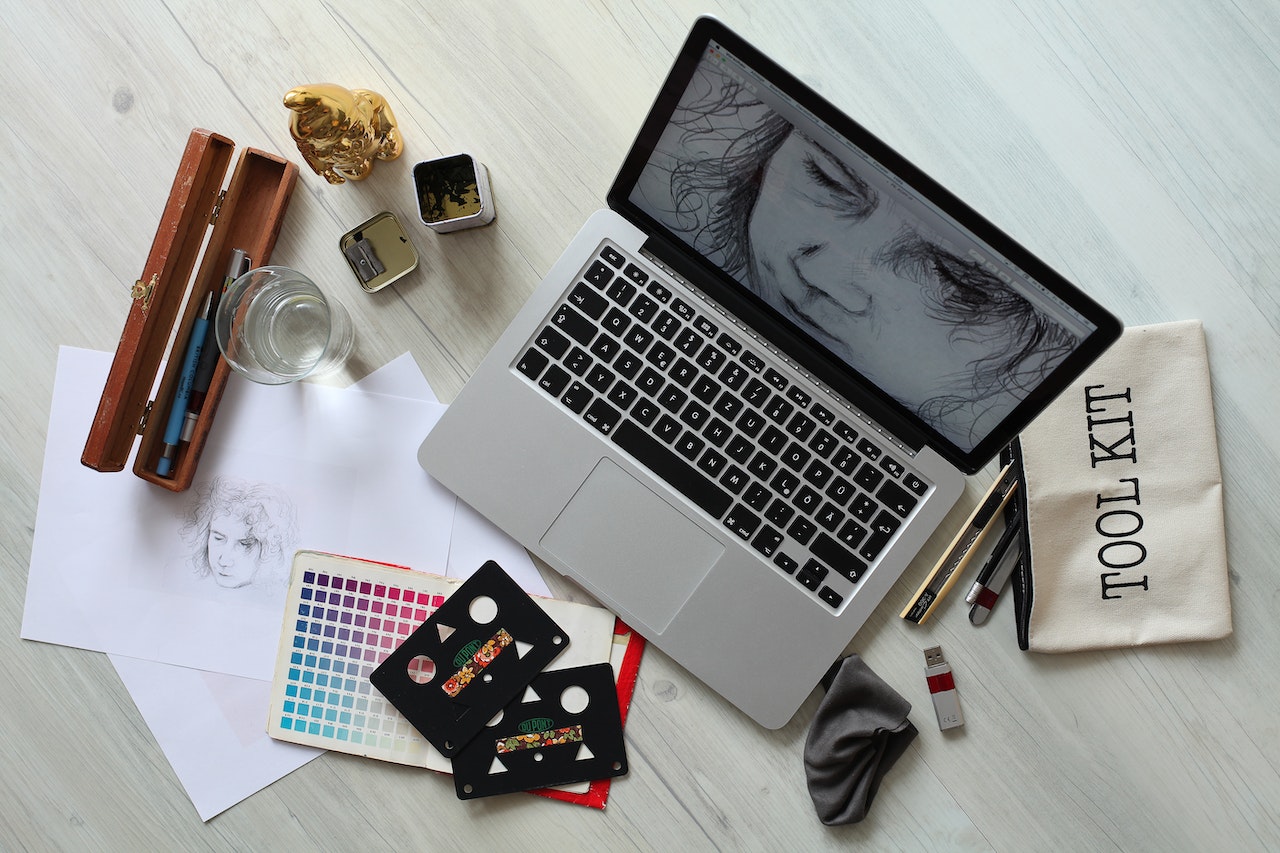Are you looking to take your graphic designing skills to the next level? Look no further than color theory. The importance of color in design cannot be overstated. It can evoke emotion, communicate meaning, and even influence behavior. In this article, we’ll explore the role of color theory in graphic designing and provide you with a comprehensive guide to using color effectively in your designs.
The Basics of Color Theory
Understanding the basics of color theory is crucial for any graphic designer. Color theory is the study of how colors interact with each other and how they can be used to create effective designs. The three primary colors are red, yellow, and blue. By combining these primary colors, you can create secondary colors such as green, orange, and purple. Tertiary colors are created by mixing a primary color with a secondary color. For better results you can get graphic design service.
The Psychology of Color
Color has a significant impact on human psychology and can influence emotions, behavior, and perception. For example, red is often associated with passion, love, and energy, while blue is associated with calmness, trust, and professionalism. Understanding the psychology of color is crucial for creating effective designs that resonate with your audience.
Color Schemes
Choosing the right color scheme for your design is essential. A color scheme is a set of colors that work together to create a harmonious design. There are several types of color schemes, including complementary, analogous, and monochromatic. Complementary colors are opposite each other on the color wheel, while analogous colors are next to each other. Monochromatic color schemes use variations of a single color.

Color Contrast
Color contrast is another important aspect of design. Contrast refers to the difference between two colors, and it can be used to create emphasis and hierarchy in your designs. High contrast colors, such as black and white, create a strong visual impact, while low contrast colors, such as pastels, create a softer, more subtle effect.
Color Accessibility
Color accessibility is also a crucial consideration for designers. Not everyone sees color the same way, and some people have color vision deficiencies. It’s essential to ensure that your designs are accessible to everyone, regardless of their color perception. Using high contrast colors and providing alternative text for color-based information are just a few ways to ensure color accessibility.
Conclusion
In conclusion, color theory plays a critical role in graphic designing. A comprehensive understanding of color theory can help designers make informed decisions about color choices, create effective color palettes, and communicate effectively with clients and other design professionals. The use of color can greatly impact the mood, tone, and message of a design, making it a powerful tool in the hands of skilled graphic designers. With a thorough knowledge of color theory, graphic designers can create visually appealing and effective designs that communicate their intended message to the audience. Therefore, mastering color theory is essential for any graphic designer looking to create high-quality and impactful designs.
FAQs:
Q: How can I use color theory to create a strong brand identity?
Using color theory to create a consistent brand color palette can help reinforce your brand identity and make it more recognizable to your audience.
Q: What are some common color combinations in design?
Complementary colors, such as blue and orange, or red and green, are common in design. Analogous colors, such as blue, green, and turquoise, are also popular.
Q: How can I use color to evoke emotion in my designs?
Different colors evoke different emotions. For example, yellow can create feelings of happiness and optimism, while red can create feelings of passion and excitement.
Q: What is color accessibility, and why is it important?
Color accessibility refers to ensuring that your designs are accessible to everyone, including those with color vision deficiencies. It’s essential to ensure that everyone can access and understand the information in your designs.
Q: Can using too many colors in my design be a bad thing?
Yes, using too many colors can be overwhelming and confusing for your audience. It’s best to stick to a few colors that work well together and create a cohesive design.
Aslo see this:- b news nw




